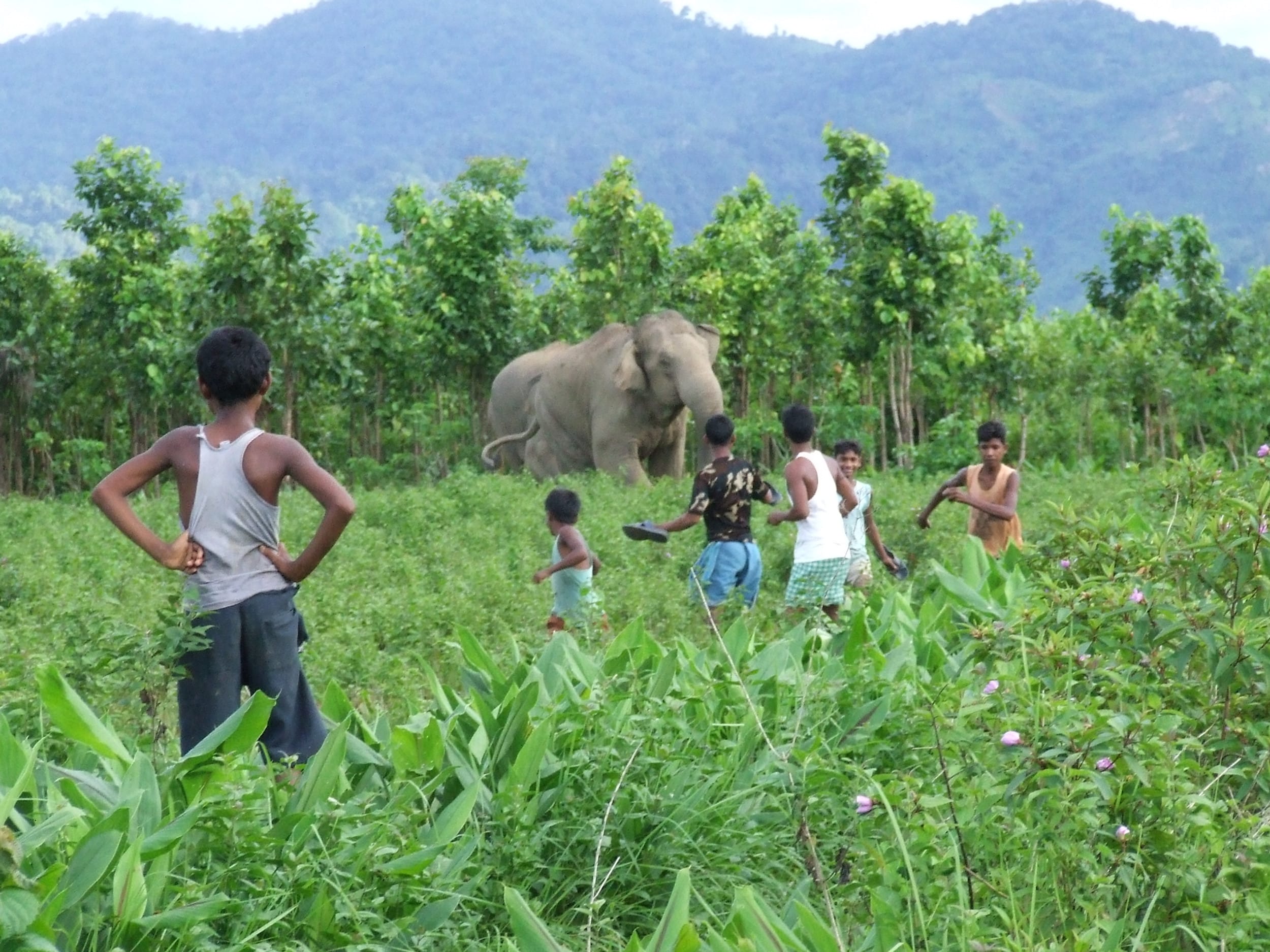A team of astronomers has made a groundbreaking discovery, unearthing a super-Earth exoplanet named TOI-700 e that orbits its host star, TOI-700, in a captivatingly complex manner. This celestial body, located approximately 100 light-years away in the constellation Dorado, presents a fascinating case study for scientists studying the potential for habitability beyond our solar system. TOI-700 e was identified by NASA’s Transiting Exoplanet Survey Satellite (TESS), which detected the subtle dimming of its host star as the planet passed in front of it.
The discovery of TOI-700 e is particularly intriguing due to its unique orbital characteristics. It orbits its star within the habitable zone, the region where temperatures are suitable for liquid water to exist on a planet’s surface. However, its orbit is not perfectly circular; it is slightly elliptical, meaning that TOI-700 e ventures both inside and outside the habitable zone over the course of its orbit. This cyclical movement exposes the planet to dramatic temperature fluctuations, raising questions about the potential for life to thrive in such an extreme environment.
While the presence of liquid water is considered a crucial ingredient for life as we know it, the harsh temperature swings experienced by TOI-700 e present a significant challenge. Scientists theorize that if life were to exist on this planet, it would need to possess remarkable adaptations to withstand the extreme conditions.
Further observations and analysis are needed to determine the exact composition of TOI-700 e’s atmosphere and surface, as well as the nature of the star’s radiation output. These factors will provide valuable insights into the planet’s habitability potential and the likelihood of finding life on this distant world.
The discovery of TOI-700 e underscores the incredible diversity of planets in our universe and the endless possibilities for exploring the nature of life beyond Earth. It also serves as a reminder of the immense challenges that life must overcome to exist in even the seemingly most hospitable environments.



